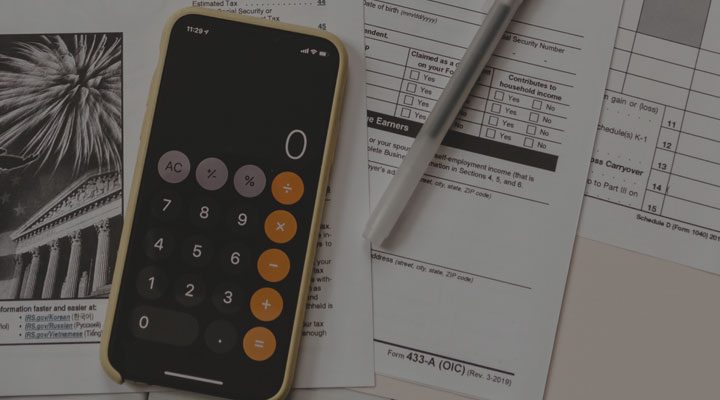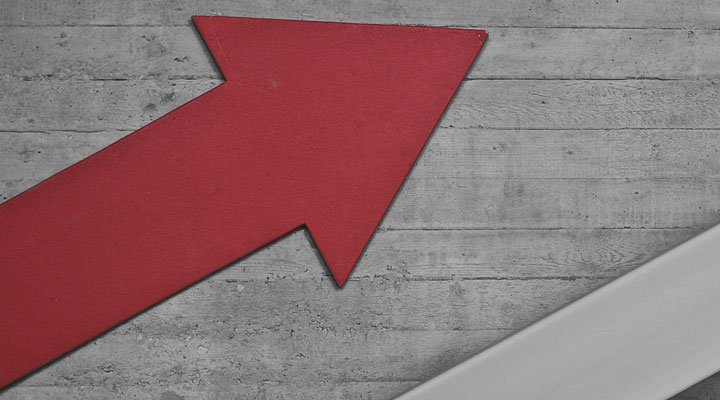Indirect tax: a guide
Taxes are part of daily life, because everything you purchase is subject to some form of tax. You might be paying tax you’re not even aware of on services or goods, but this indirect tax is an important source of revenue for the government. On this page, you’ll find out more about indirect tax, how it works and how it might affect you.
Indirect tax definition: Consumers who buy products and services are indirectly paying tax to the government via an intermediary
Examples: VAT and excise tax on cigarettes and alcohol are the most common examples of indirect tax
Pros and cons: While indirect tax may discourage people from using harmful products, its blanket nature means it disproportionately affects those on low incomes
The information provided here is for informational and educational purposes only and does not constitute financial advice. Please consult with a licensed financial adviser or professional before making any financial decisions. Your financial situation is unique, and the information provided may not be suitable for your specific circumstances. We are not liable for any financial decisions or actions you take based on this information.
What is indirect tax?
Indirect tax is a charge, taxation or levy imposed on an individual or entity which another person pays for. The individual or entity that collects the tax then pays it to the government.
For example, you pay tax on cigarettes when you buy them, and this tax is first received by the shop and then remitted to the government. This is the opposite of direct tax, where the person being taxed is the person who pays the government.
Indirect taxes are collected by the person in charge of a supply chain, such as a manufacturer or retailer. They then pay the amount they collect to the government as tax. VAT is the most common example of this. As a consumer, you may not even be aware you’re paying these taxes because they are often ‘price-coated’, which means that they are already included in the price of the product.
How do indirect taxes work?
Indirect taxes are taxes passed on to another person or entity. For example, the taxes that the government imposes on some manufacturers, retailers and suppliers are passed on to their customers. As consumers, we pay taxes on almost every product or service we purchase, and are, therefore, paying the indirect tax which has been imposed on certain manufacturers or service providers.
Examples of indirect tax
The most common examples of indirect tax are Value Added Tax (VAT) and excise duties on tobacco and alcohol. Other indirect tax examples include the following:
- Aggregates levy
- Air Passenger Duty (APD)
- Betting, gaming and lottery duties
- Climate change levy and carbon price floor
- Hydrocarbon oil duties
- Insurance premium tax
- Landfill tax
- Soft drinks industry levy
Let’s explore some of the more common examples of indirect tax.
Aggregates levy is a form of tax on the commercial exploitation of rock, sand and gravel. It was introduced as an environmental tax in order to encourage the recycling of aggregate materials.
Air Passenger Duty (APD) is a tax due on passengers departing on flights from UK airports. Originally introduced in 1994, its aim was, of course, to generate money, but some have argued that it acts as an environmental deterrent against taking long-haul flights. APD is charged to each passenger at different rates, based on your final destination.
Other common forms of indirect tax in the UK are sales tax, excise tax, and customs tax.
Sales tax is anything you typically purchase from your local shop, including food, household items and more. You pay indirect tax on each item you purchase.
Excise tax is another good example of indirect tax, as manufacturers who buy raw materials to create products pass the burden of the tax they pay on to their consumers by charging a higher purchase price.
Customs tax is an indirect tax aimed at imported goods, and includes anything that is imported from another country. These goods are subject to customs tax, which is passed on to us as consumers.
Pros and cons of indirect taxes
One advantage of indirect tax levied on harmful products, such as alcohol and cigarettes, is that it could be considered a deterrent to using those products, thus encouraging healthier lifestyles.
Another advantage of indirect tax is that it is straightforward to pay, as it’s already included in the purchase price of a product or service. That means there’s no confusion or potential payment failure.
The flip side of this is that indirect tax is effectively a ‘hidden’ or stealth tax. There might be a simple lack of awareness and social consciousness by consumers when you don’t realise you’re paying it.
Another disadvantage is that because indirect tax is collected by an intermediary, as opposed to being paid directly to the government by the consumer, it might be more open to tax evasion than direct tax.
The main disadvantage of indirect tax is that it is a regressive tax, due to its blanket nature across all goods and services. No matter how much you earn, you’ll still pay the same amount of tax. This effectively makes products and services disproportionately more expensive for low-income earners.
What's the difference between indirect and direct tax?
Some of the differences between indirect and direct tax include the following:
- Direct tax is a form of tax paid directly to the government, while indirect tax is paid on consumer goods and then paid to the government later
- Direct tax is taken directly from your earnings, while indirect tax is imposed on the goods or services you purchase
- Direct taxes are calculated based on your capacity to pay, while indirect tax is a blanket tax on goods and services
- Direct taxes include income tax, personal property tax and corporate property tax
Indirect tax: a regressive tax
Indirect tax is regressive tax because it impacts those on lower incomes more than high-income earners. Although everyone pays the same price for the same product, every income is different and, therefore, you may end up paying more as a percentage of your income than a higher income earner.
For example, let’s say that someone who smokes and drinks pays £1,000 a year in indirect tax on these products. For a person with an income of £10,000, that’s 10% of their overall earnings. But if you earn £100,000 a year, you’ll only spend 1% of your income on this tax.
Save smarter with the Raisin UK newsletter!
What’s in it for me?
- Receive exclusive updates on market-leading rates
- Ensure you never miss a bonus offer
- Keep your finger on the pulse with the latest financial news


